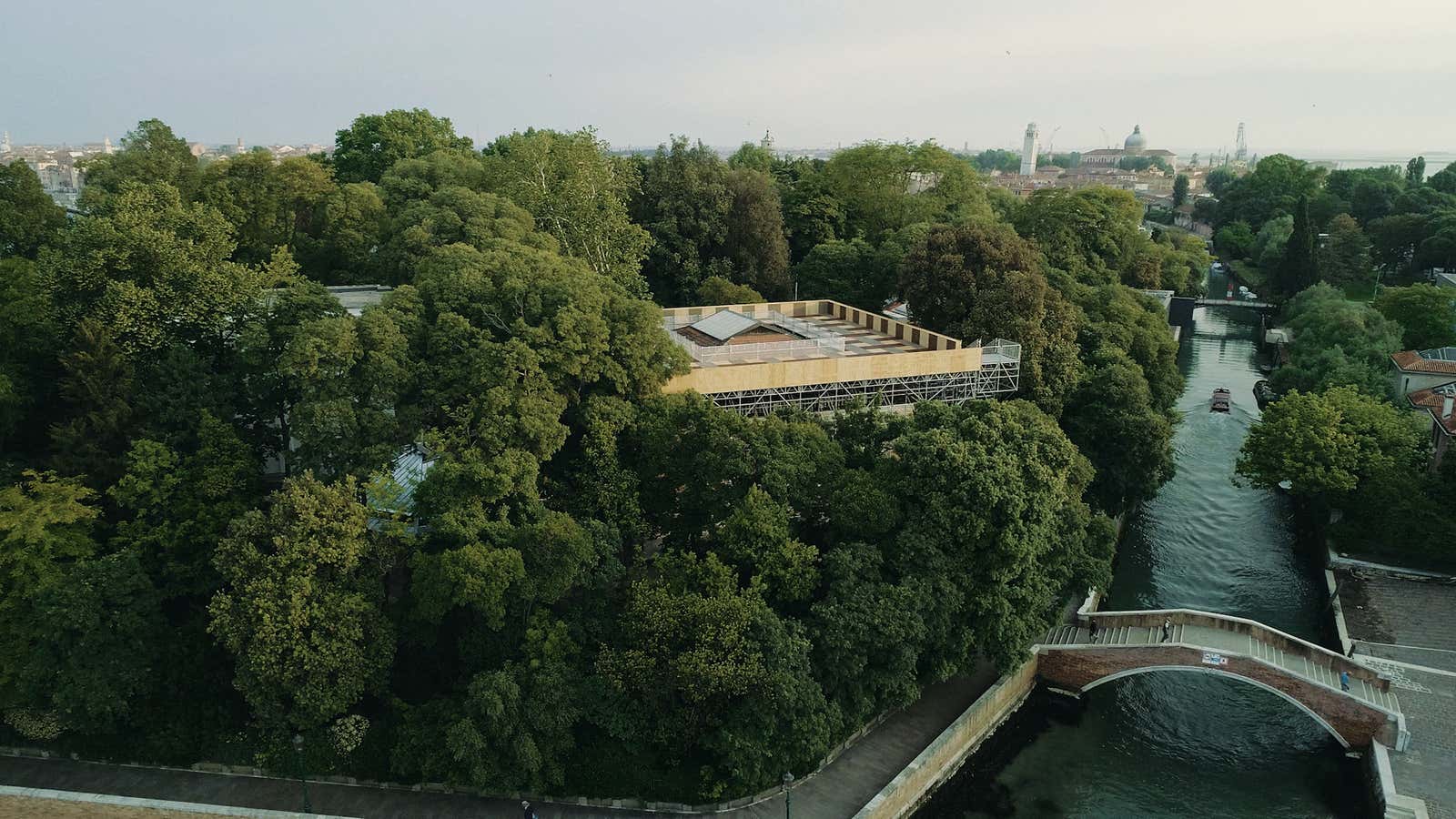The 16th edition of the Venice Architecture Biennale kicked off this weekend, architecture luminaries in attendance. Held at the former military enclave along Venice’s jasmine-scented harbor, the six-month international fair is a wonderland for fans of design and architecture.
This year, most of the 71 country participants interpreted the theme of “Freespace” via thought-provoking exhibitions to celebrate their architecture legacy. But some curators used the forum to raise questions about the prevailing political structures entombed in large-scale architecture projects in their countries.
UK: Post-Brexit island nation
The UK mounted one of the most striking and polemical installations, titled “Island” (Isola). Curators Caruso St John Architects, with artist Marcus Taylor, left the main building intentionally bare and erected a rather sad-looking plywood space on the roof.
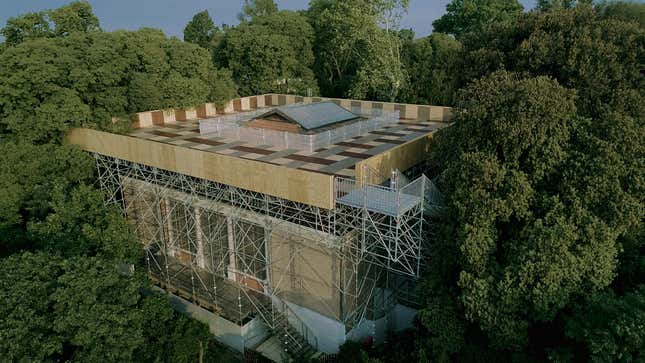
In a statement, the curators were careful to explain that UK’s purposely plain pavilion could be interpreted as a peaceful sanctuary or an oppressive exile, the later especially felt during the fair’s sweaty opening weekend. “The state of the building…embraces many themes including abandonment, reconstruction, sanctuary, Brexit, isolation, colonialism and climate change,” the curators wrote in a joint statement.
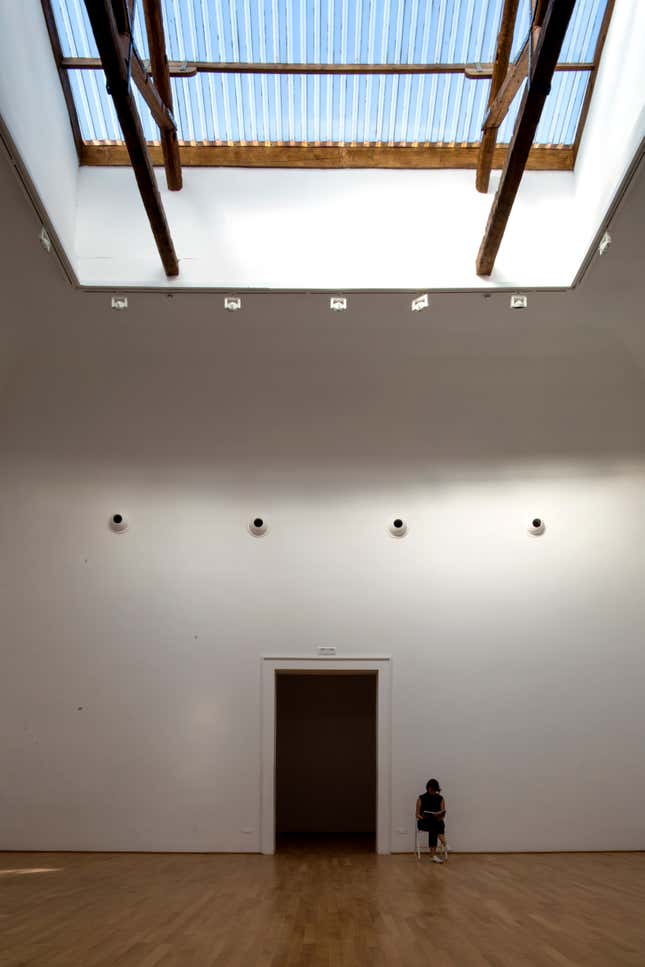
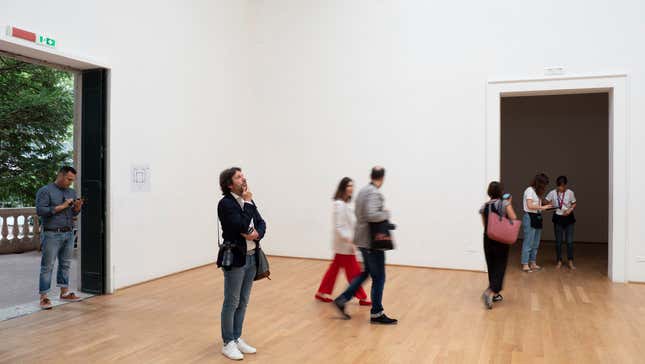
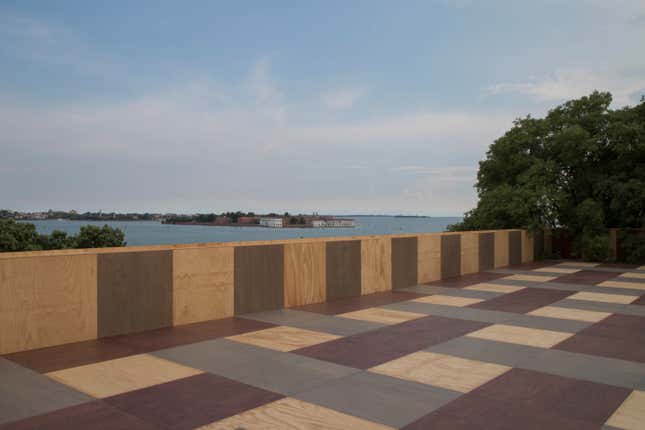
US: Citizenship in the era of Trump
The US pavilion is more forthcoming with its political agenda. Titled “Dimensions of Citizenship,” the neon green- and black-branded pavilion contained seven installations that tackles topics such as race, environmental degradation, and migration.
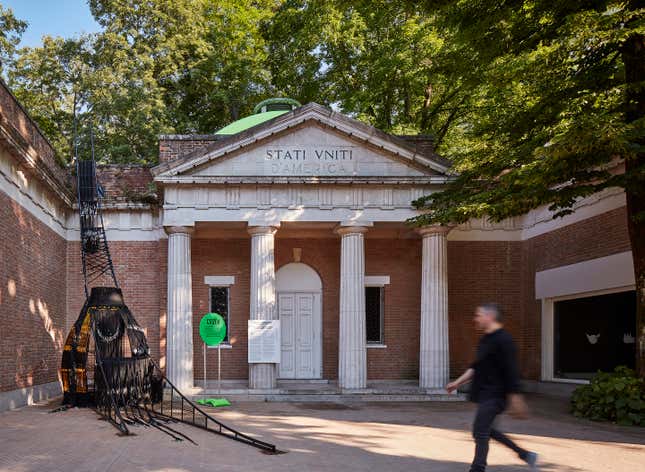
A mural-sized data visualization about the US-Mexico border wall highlights the ongoing strife around president Donald Trump’s largest public works project.
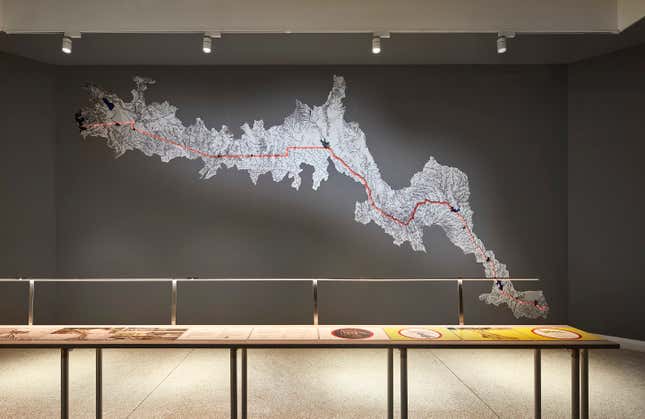
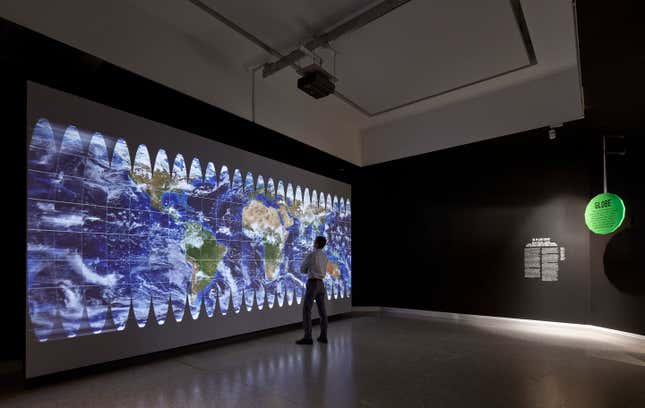
Israel: The fragility of the status quo
Right next to US pavilion is the understated but poignant Israel pavilion. Titled “Status Quo: Structures of Negotiation,” the exhibition serves as an explainer about the fragile peace among the various religious groups inhabiting the Holy Land.
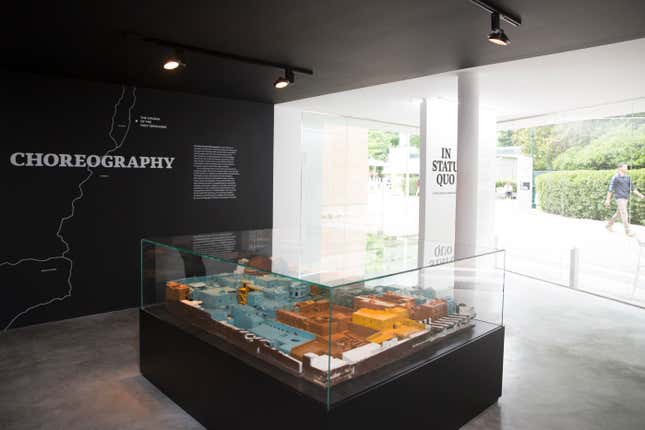
At the pavilion’s entrance is a color-coded model of the community around the Church of the Holy Sepulchre in Jerusalem. The pilgrimage site is a shared space among Greek Orthodox, Latin, Armenian, Coptic, Syrian, and Ethiopian churches who are entitled to use it based on a very tight schedule set in 1853. Any slip-ups in this choreography often results in clashes.
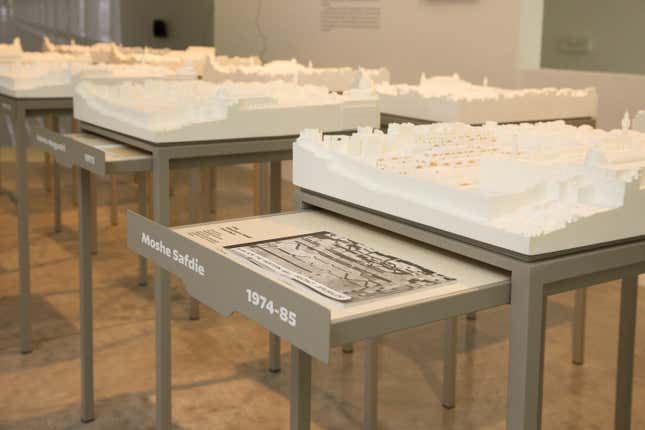
On the second level of the Israel pavilion is a display showing how the ongoing Israeli-Palestinian territorial conflict that began in the 1940s has transformed an area in Bethlehem surrounding Rachel’s Tomb. The burial site of the biblical matriarch venerated by Jews, Christians, and Muslims has since 1996 been guarded by 13-foot security walls.
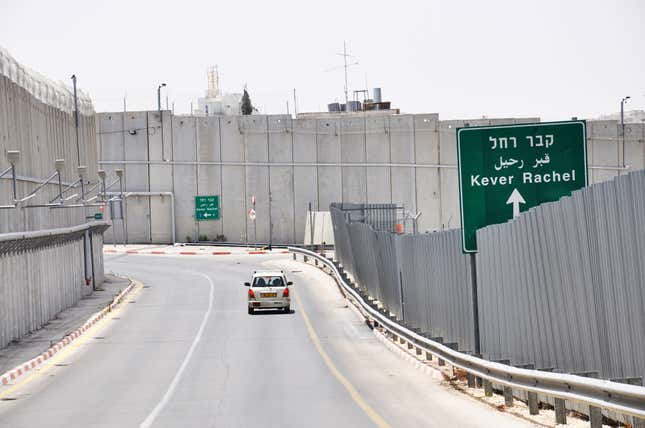
The Israeli exhibition ends with an video installation of Nina Pereg’s 2012 films, Abraham Abraham and Sarah Sarah. Projected on facing projectors in a walk-in booth, the films show Muslims and Jews dressing the Ibrahimi Mosque in Hebron with their religious artifacts during the 20 days each year when the shrine changes hands and is completely transformed under close military inspection.
